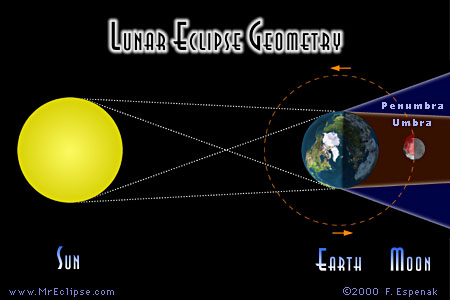- Mineral Properties
Luster: its wether a mineral is metallic or nonmetallic, or it can be both. You can see if the mineral is shinny or not to decide which one it is.
Hardness: It is a 1-10 scale called the Moh's Scale to test how hard the mineral is, the softest mineral is Talc which is scaled 1 and the hardest mineral is diamond, which is scaled 10.
Cleavage/Fracture: It is when the rock breaks, it either breaks evenly which is cleavage, or breaks unevenly which is fracture.
Colors: Obviously it is the mineral's color, you can decide what color it is by look at it or use the streak plate.
Distinguishing Characteristics: It can be the streak of the mineral, the density, how it feels when you touch it or more details about the mineral.
Composition: It is the combination of the chemicals of the mineral.
Uses: The way(s) the mineral are used.
- Video
This is a video of combination of iMovie and Animoto. Hope you like it.
- Reflection
1. What did you enjoy the most about this project and why?
For this project, it is the first time in my whole 3 years of being a HS student in this school that I don't need to worry about my partner. Rida, she is so responsible, industrious and productive, that I can put more time on my own work but do not need to finish my partner's work like I always did before. I know I mentioned that Rida and me have been assigned to the same class and the same group all the time, so that makes me know her well and I can trust her. Thank you so much Rida!
2. What was most challenging for you during this project and why?
To be creative is the most challenging part for me during this project. I mean everyone are doing the same thing on the boring non-living minerals, you can make them perform a drama play in front of people, well you can, but I didn't figure it out. And while Ms. Kara keep saying more points for creativity, I know most of the time I can't get a good grade without certain extra credits, so I work hard for the creative idea, and lucky that Ms. Kara like it.
3. What new skills did you learn from doing this project?
I learn how to identify minerals by using the properties chard on the back of the blue worksheet. I think I will keep it for my life and every time I found some minerals, I will use it to see what minerals I got. That will be fun, I guess.
4. Is there anything that you could have done to improve any of your work? Explain.
I will try to make my video better, since the introduction and the conclusion are both kind of weird to some people, that they can't see our face but our legs, knees and feet. If I can plan more on that to see how to make it more interesting, I think that will definitely better than what I have now. But I am actually glad that no one else film their video in our style, so we are unique and CREATIVE!











